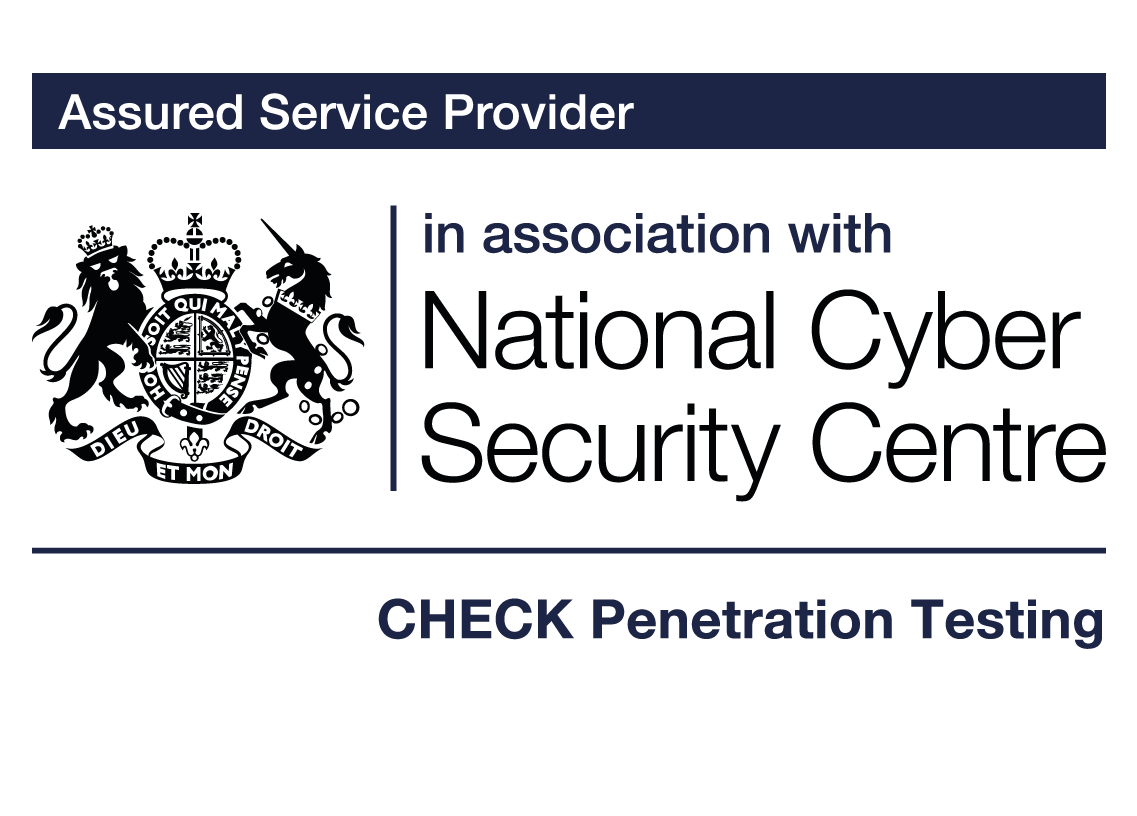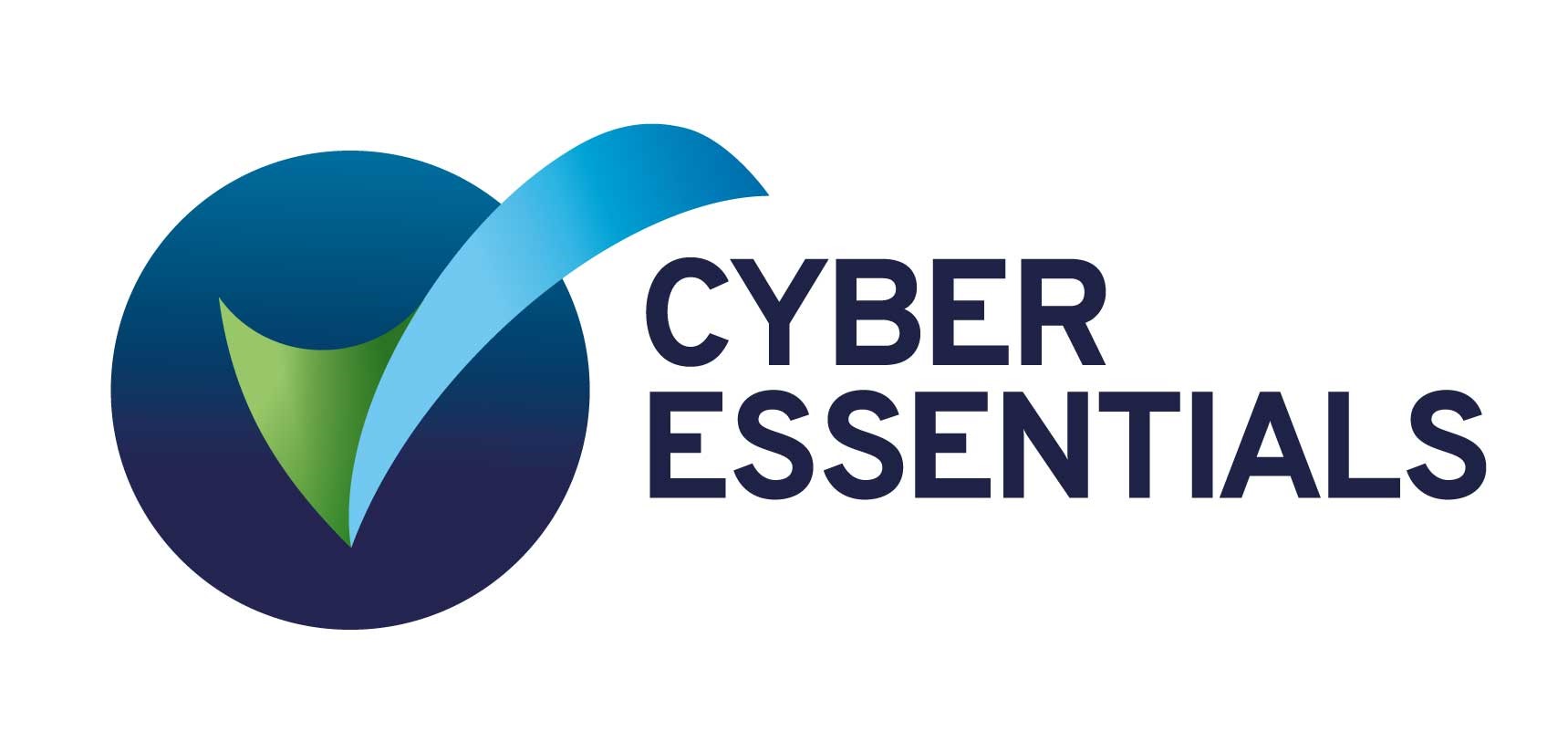Goodbye 90’s QA Health Check – Hello Optimisation
By Rich Mort
In a past life, some years back, I attended a sales call as a Test Consultant with a fresh faced new ‘go gettem’ salesman who was determined to meet his annual sales quota within his first quartile at his new employer. Our victim: a Head of Testing at a Water Utility; a very busy gentlemen and one that had obviously been visited by the majority of the then up and coming new testing service companies that were sprouting up at the time. The meeting kicked off well, with our bright new star discussing our company’s testing capability whilst walking through a variety of vividly coloured slides.
Things took a turn for the worse, however, when our sales hero clasped his hands together, stared into the face of our would-be client and agony aunt style asked ‘now… where is your pain, perhaps we could run a health check for you?’. The transition from polite but slightly bored to raging-bull was dramatic to say the least, and with shouts of ‘if I get one more company offering me a health check for my pain and charging me a fortune for what I already know!’, we were left in no doubt that this probably would not be the prime service to lead with…..
Once everyone had calmed down, and I had extracted my young salesman from behind the filing cabinet, our new friend explained that almost every company walking through the door had offered some form of testing health-check exercise. He considered this a lazy, expensive, and wasteful way to sell and felt this was little short of allowing an external supplier to ‘come in through the door and run riot at my expense!’.
What is a health check good for?
There is no doubt that the phrase ‘health check’ is now winced at in our industry and can be considered as one of the most over used and tired phrases in our testing service dictionary. Many companies on the receiving end of these exercises cite the limited benefits that they feel they have received:
‘the health check just told us what we already knew!’
‘the recommendations stated were never put in place as day-to-day issues and business as usual pressure kicked in’
‘the health check focused on pure testing issues but most of our testing issues derive from outside testing’s influence!’
‘they interviewed thirty of our staff who all told them the same thing – they could have understood our problems after speaking to three of our people’
‘our people have a day job to do – this was just a distraction’
‘its focus was too bland – we had a specific scope to cover’.
So, it’s obvious that these exercises are a complete waste of time, providing little benefit at great cost, sucking in energy and effort that could be better used sorting out day-to-day issues and acting as little more than an initial door-opener for new-client hungry service providers eager to take over the internal testing team’s duties at great expense.
Well, I don’t actually agree with any of that.
Change your mindset…
Firstly, let’s stop thinking ‘health check’ and start thinking ‘improvement’. So no more use of the ‘H’ word in this text. It’s safe to say that of the thousands of testing individuals, test teams, user departments, developers, third party suppliers and service providers out there, not all of them are working at an optimum performance level, let alone at a satisfactory ‘good enough’ level.
This would also be the case for process optimisation and with so many companies now initiating and progressing through complex Digital Transformation programmes, QA based optimisation is key to their success.
The approach to testing could be immature, ineffective or inefficient. There could be issues between individuals, teams, Technical versus Business Units, Client and Supplier. The challenges could be within the Testing arena or interweaved into the wider IT and Business psyche of the company in question. There could be a lack of understanding, expertise or reluctance to change and accept, for example, how QA could drive Digital Transformation programmes using such approaches as shift-left.
For instance, Puppet Technology, a company focusing on Infrastructure Automation, stated that teams who successfully integrate testing as a partnership within the entire development process spend 22% less time on unplanned work. Development teams who build quality in and work with QA early on have more time for new, value-adding work.
How testing has evolved
Testing is now a very mature industry. The capability of internal test teams has, in many cases, grown to a point that outside help would not provide the same benefit compared to say, 10 to 15 years ago. The title of ‘Head of Testing’ is now commonplace and many of these testing champions are now undertaking their own test maturity studies and initiatives to take their own testing capability to a ‘safer’ and ‘better’ place. For these plucky testing champions, improving their testing lot comes naturally and many will succeed. However, not all will be so fortunate and some proposed visions may fall on the deaf ears of certain stakeholders with end quality suffering as a result.
So, in certain companies, identification, and implementation of potential test improvement around process, people, environment, and data, plus many other key areas could potentially bring clear and measurable benefit. But who should carry exercise this out – an internal or external driven team? There are benefits to be had from both approaches:
| INTERNAL | EXTERNAL |
| Could be considered more cost effective | Often fixed price – can be very cost effective |
| Internal expertise – best knowledge from a systems / business / internal SDLC perspective | External expertise – may follow a specific test review methodology and / or focus on a specific scope e.g. QA enablement within a Digital Transition programme |
| May require full time support thus taking key resources away from ‘day job’ | Dedicated external consultants utilising best industry knowledge, lessons learned (from multiple client cases) – use internal resource sparingly so not to impact ‘day job’ |
| Review team may be themselves heavily involved with potential review ‘issues’ | Independent stance – helicopter and detail views / findings – no axe to grind – best outcome for client is key objective |
| Perceived as offering greater control over review mechanism | Structured and measurable reporting mechanism agreed with client as a pre-cursor activity |
| Greater risk to introduce scope creep | Able to deploy a fixed timescale approach aligned to a ring-fenced scope |
| Can be difficult to get stakeholder focus | External consultancy adds weight to final summary and recommendations for improvement |
On considering the last row in the table above in particular, the ‘external consultant effect’ can produce strange behaviour from senior management. An example of this was when I undertook a Test Maturity review for a Car Leasing company that wished to understand where it was on the map from a testing perspective and how it could apply both tactical and strategic improvements to its overall test approach.
On reviewing all the collateral, interviewing the relevant parties, and collating my response, I duly presented my findings to the Senior IT Management team and to the Head of Testing. This was well received, and my recommendations noted to be acted upon. Afterwards, the Head of Testing came up to me and showed me a presentation she had done to the Senior Management Team eight weeks beforehand. It was almost identical in its findings and actions but the consultant stamp on my forehead had made the difference – I was pushing against an open door.
In my experience, the best approach to testing is often when an external party is engaged to work closely with an internal team on a short, sharp improvement campaign. The external expertise introduces a much richer review / improvement capability – the additional knowledge providing the capability to body swerve potential wide open-trap doors. An example of this expertise can be viewed within Resillion’s ‘Digital Launch: Hero or Zero?’ webinar.
So…not a ‘health-check’ of old, but rather a Process Improvement drive potentially focused around QA based Digital Transformation topics, activities, outcomes, challenges, risks and issues that delivers genuine results and focused business solutions.
For example, Resillion’s own Process Improvement Model (PIM) focuses on assessing the maturity of testing within an organisation by working in close partnership with the client team. The results from the review stage are then used to identify appropriate initiatives which aim to enhance in-house testing capabilities and the overall delivery of the organisation’s software projects in line with business objectives.
Times have moved on for the testing industry. We no longer need to ‘feel the pain’ of our clients, instead we need to help them improve the key processes that are vital to their success.
Find out more about our work in digital transformation, or get in touch with one of our experts to discuss our other solutions.
Our Accreditations and Certifications







